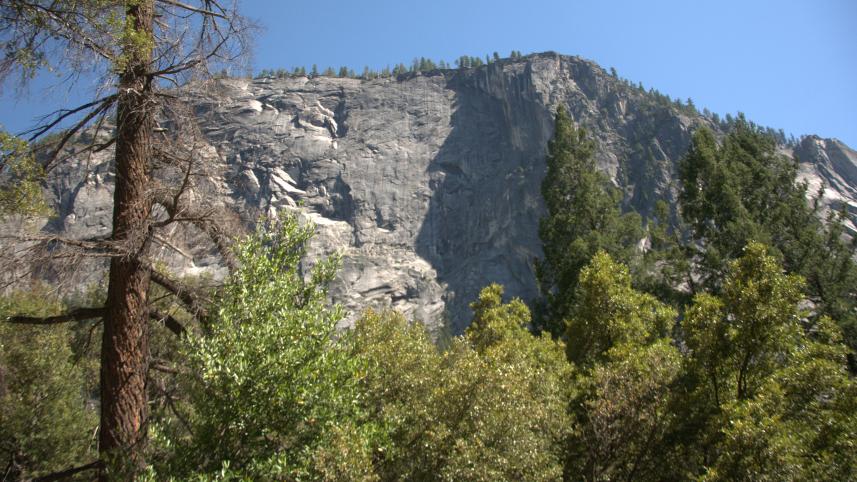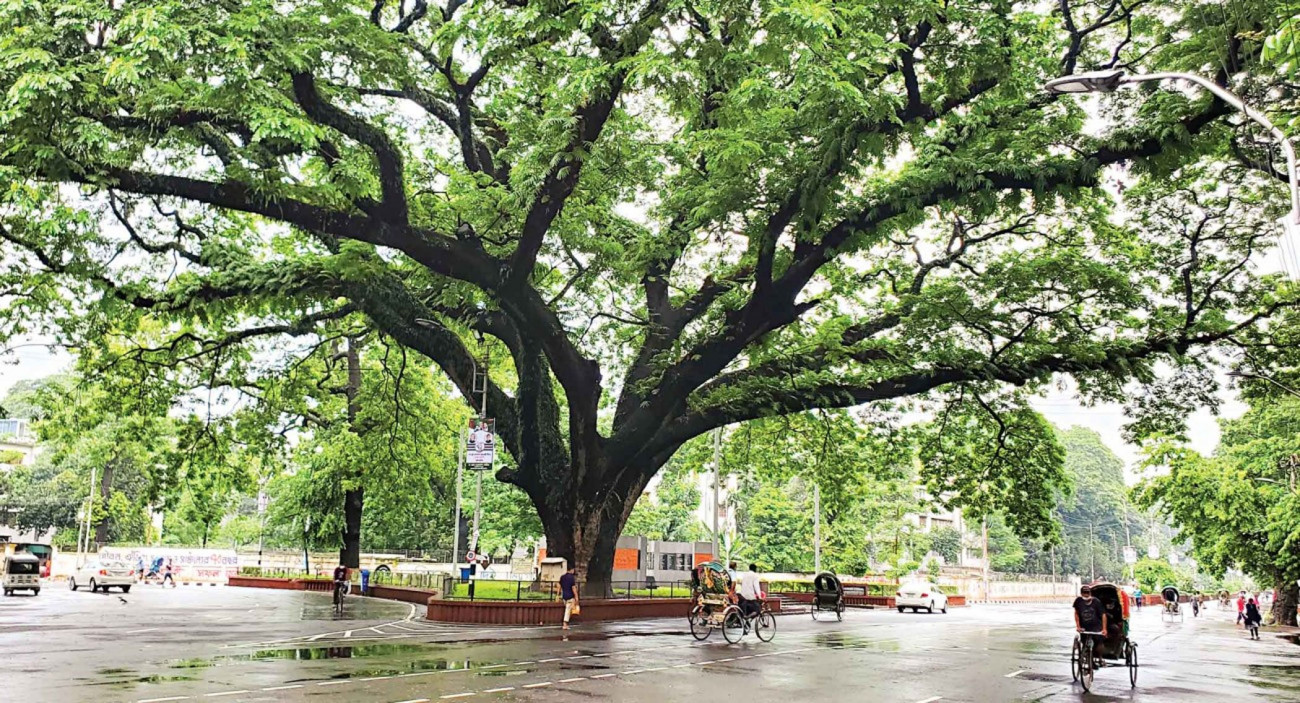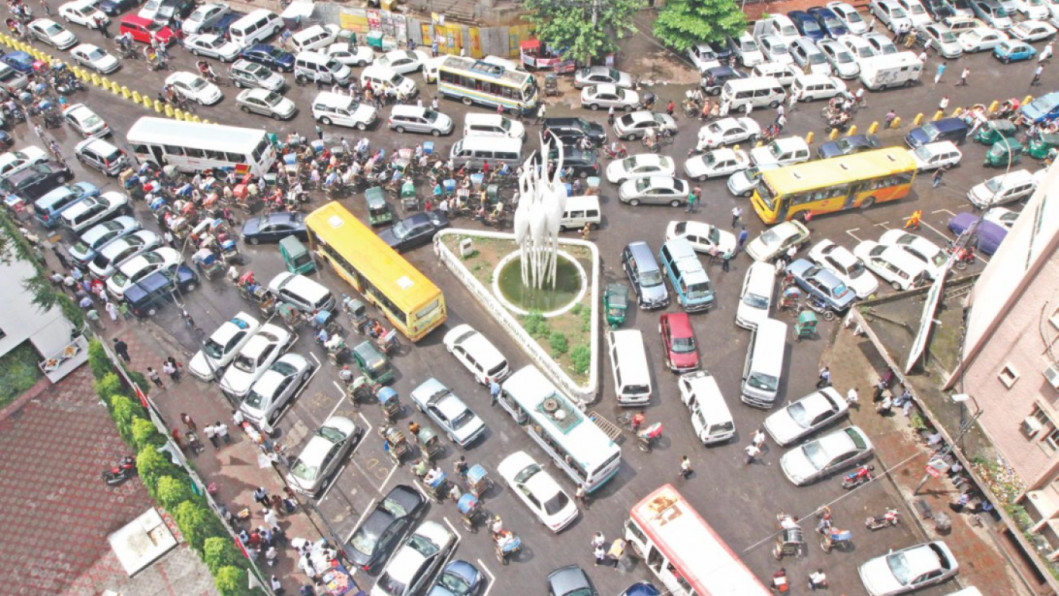How micro-forests can heal our urban lives

Today, the concept of nature within the city has shifted from something distant and hostile to a source of psychological and spiritual renewal. Nature is no longer imagined solely as a place "where humans are not," but as a refuge embedded in the urban fabric —a transformation that reflects profound changes in how we perceive the world around us.
Our understanding of wilderness has evolved dramatically. A few years ago, I went camping with a few friends, all academics from Stanford University, in Yosemite National Park. It was my first experience of such a raw, untamed landscape, and I was awestruck. Our seasoned friends advised us to store our snacks in a steel cage to protect them from bears lured by the smell of food. Despite assurances from park volunteers about the campsite's safety and surveillance, I spent the entire night awake, a profound sense of unease settling over me.
This experience captures a modern paradox. Only a few centuries ago, a place like Yosemite would have been regarded not as a retreat but as a perilous, fearsome space. Industrialisation and urbanisation have altered this perception, transforming "untouched nature" into a kind of secular sanctuary—a place of purity and wonder where we seek respite from the relentless pace of city life.
In urban planning and design, there is a widely held belief that cities must integrate nature. Yet, for many city dwellers, "nature" simply means "green things": trees, parks, lakes, and open spaces with clean air. As an urban designer, I have found this view to be critically limited. There is little discussion about how much nature we actually need, or what level of biodiversity is sufficient for a healthy city.
This lack of clarity arises from a collective urban guilt resulting from a disconnection from the natural world after long hours spent indoors, often in air-conditioned buildings. We feel a profound absence of meaningful, accessible spaces for recreation and relaxation beyond commercial, consumer-driven environments.
Lewis Mumford, the renowned American critic of urban planning, once described the city as a place "where the diffused rays of many beams of life fall into focus." His view highlights the city as a vibrant, multifaceted hub where diverse people and their unique desires, needs and functions converge. Each neighbourhood tells its own story, shaped by its context and community life.
Urbanists today often focus on designing large, visually striking city parks. Yet, these spaces are frequently built for affluent neighbourhoods and can feel impersonal and overly curated—a stark contrast to the community spaces of the past.
I recall my own childhood, when small-scale parks and interventions were thoughtfully designed for different age groups within a colony. These spaces were active and safe. Many colonies had vegetable gardens tended by women who knew each other, sharing stories and forging strong social bonds. These parklets, tucked between buildings, nurtured a sense of community ownership and collective responsibility, with neighbours looking out for each other's children.
Today, this sense of communal safety is often missing. Many urban families take their children to indoor playgrounds—air-conditioned, synthetic, and processed environments with soft floors. Meanwhile, developers eager to market "sustainable living" and "green architecture" build mega-blocks with centrally located playfields. Yet, these spaces often go unused; their overwhelming scale can create anxiety rather than joy. In our rush to glorify oversized, poorly defined spaces, we frequently overlook the fundamental relationship between human well-being and the urban environment.
Nature is, at its core, an ecosystem where all living creatures depend on one another. In our pursuit of urban prestige, we often fall into "greenwashing"—promoting a fake green city movement without genuinely appreciating nature or balancing human development with the wider ecosystem. We rarely consider the needs of other living beings, such as city dogs, cats or birds. We seldom speak of cohabitation.
By building cities that promote individualism and isolation, we risk deepening collective anxiety. But what if we embraced a more humble approach—transforming pocket spaces and backyards into gardens or urban farms, not just for exclusive communities but for everyone?
We could reshape our cities through small, inviting green spaces, like the pocket parks of Shanghai's Xinhua Road or New York City's Paley Park. We could draw inspiration from vibrant urban havens such as Mumbai's One Green Mile, which transforms forgotten land beneath flyovers into thriving habitats alive with butterflies and the cheerful sounds of sparrows.
These simple, contemplative spaces could offer a "nature dose" or "nature pill"—a promise of moral and spiritual renewal for the urban citizen. Could such a humble shift in urban design lead us towards a more interconnected and empathetic society?
Sarita Rahman is an architect and urban designer.
Views expressed in this article are the author's own.
Follow The Daily Star Opinion on Facebook for the latest opinions, commentaries and analyses by experts and professionals. To contribute your article or letter to The Daily Star Opinion, see our guidelines for submission.
 For all latest news, follow The Daily Star's Google News channel.
For all latest news, follow The Daily Star's Google News channel. 

Comments